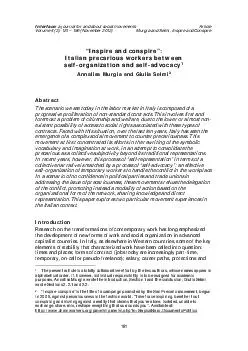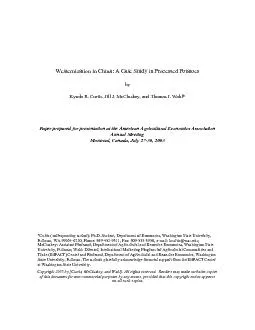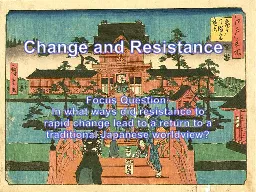PPT-Westernization and Southernization
Author : sherrill-nordquist | Published Date : 2018-03-19
Westernization Westernization is a process that every industrial country in the world has experienced to at least some extent They all have their own paths to industrialization
Presentation Embed Code
Download Presentation
Download Presentation The PPT/PDF document "Westernization and Southernization" is the property of its rightful owner. Permission is granted to download and print the materials on this website for personal, non-commercial use only, and to display it on your personal computer provided you do not modify the materials and that you retain all copyright notices contained in the materials. By downloading content from our website, you accept the terms of this agreement.
Westernization and Southernization: Transcript
Download Rules Of Document
"Westernization and Southernization"The content belongs to its owner. You may download and print it for personal use, without modification, and keep all copyright notices. By downloading, you agree to these terms.
Related Documents














